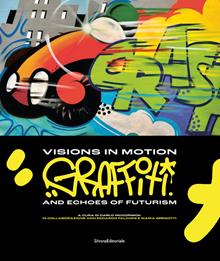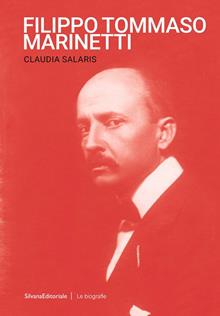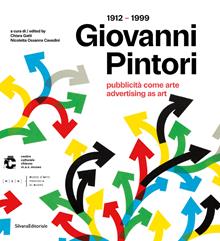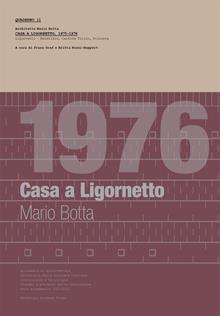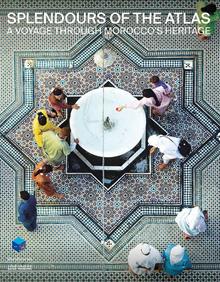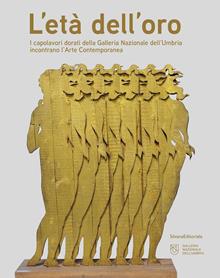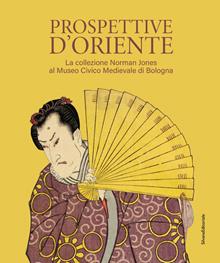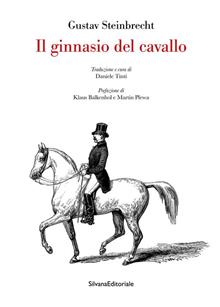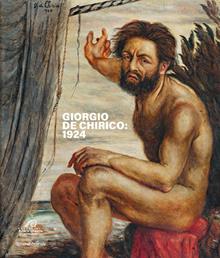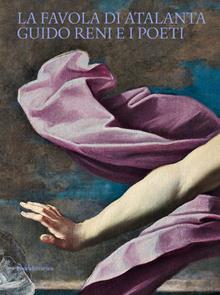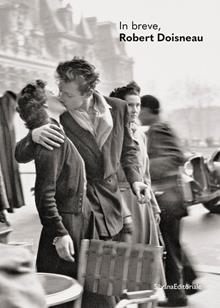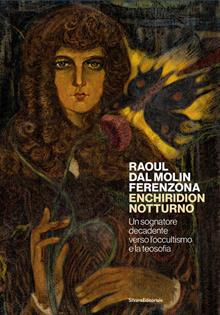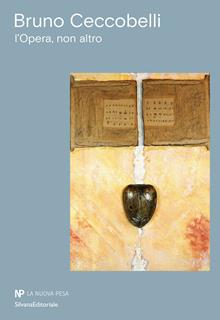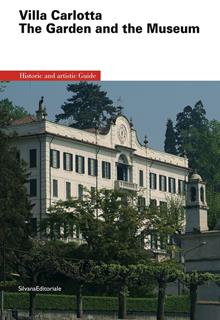
Villa Carlotta il giardino e il museo
Paolo Zatti, Paolo Cottini
- Genere: Guide turistiche
- Listino: € 10.33
- Data Uscita: 15/09/2000
- Pagine: 96
- Lingua: Inglese
- EAN: 9788882152413
This is a handy, easy-to-use guide for visiting Villa Carlotta, a fascinating monument with a great artistic and botanical heritage. The villa was built on the west shore of Lake Como at the end of the 17th century by Marquis Giorgio Clerici, a wealthy Como merchant.
In 1795 the property passed to the Sommariva family and, in 1843, was purchased by Princess Marianne of Nassau, the wife of Albert of Prussia, who gave it to her daughter Charlotte on the occasion of her marriage to Crown Prince Georg von Sachsen-Meiningen. Since 1927, the maintenance, conservation and enhancement of the heritage of the villa, now the property of the Italian State, have been entrusted to the Ente Villa Carlotta, which manages the property with painstaking care.
The guide describes two tours, one of the important art collections and the other of the extraordinary garden famous for its more than 150 varieties of azaleas an rhododendrons. The tours are prefaced by a brief history covering the most significant events and the various stages of the residence’s construction. In this latest edition there is a new museum itinerary by the conservator Serena Bertolucci, and the tour of the garden is by Paolo Cottini. The new photographs are by Marco Beck Peccoz.
Tra le storiche ville che si affacciano sulla sponda occidentale del lago di Como, Villa Carlotta ha sempre ricoperto un posto preminente. La villa, risalente alla fine del Seicento, fu fatta costruire dal ricco mercante lariano marchese Giorgio Clerici. Nel 1795 passò in proprietà alla famiglia Sommariva e più tardi, nel 1843, fu acquistata dalla principessa Marianna di Nassau, moglie di Alberto di Prussia, che la donò alla figlia Carlotta in occasione delle nozze con il principe ereditario Giorgio di Sassonia-Meiningen. Dal 1927 la villa, di proprietà dello Stato Italiano, è gestita dall’Ente Villa Carlotta.
La guida propone due itinerari di visita: il primo è dedicato alla costruzione della villa e del famoso giardino, mentre il secondo illustra l’interno della villa, arricchito di arredi Impero, arazzi settecenteschi, dipinti di Hayez, Wicar e Migliara, affreschi di Appiani celebranti le glorie e i fasti di Napoleone, sculture del laboratorio del Canova e fregi di Thorvaldsen.


